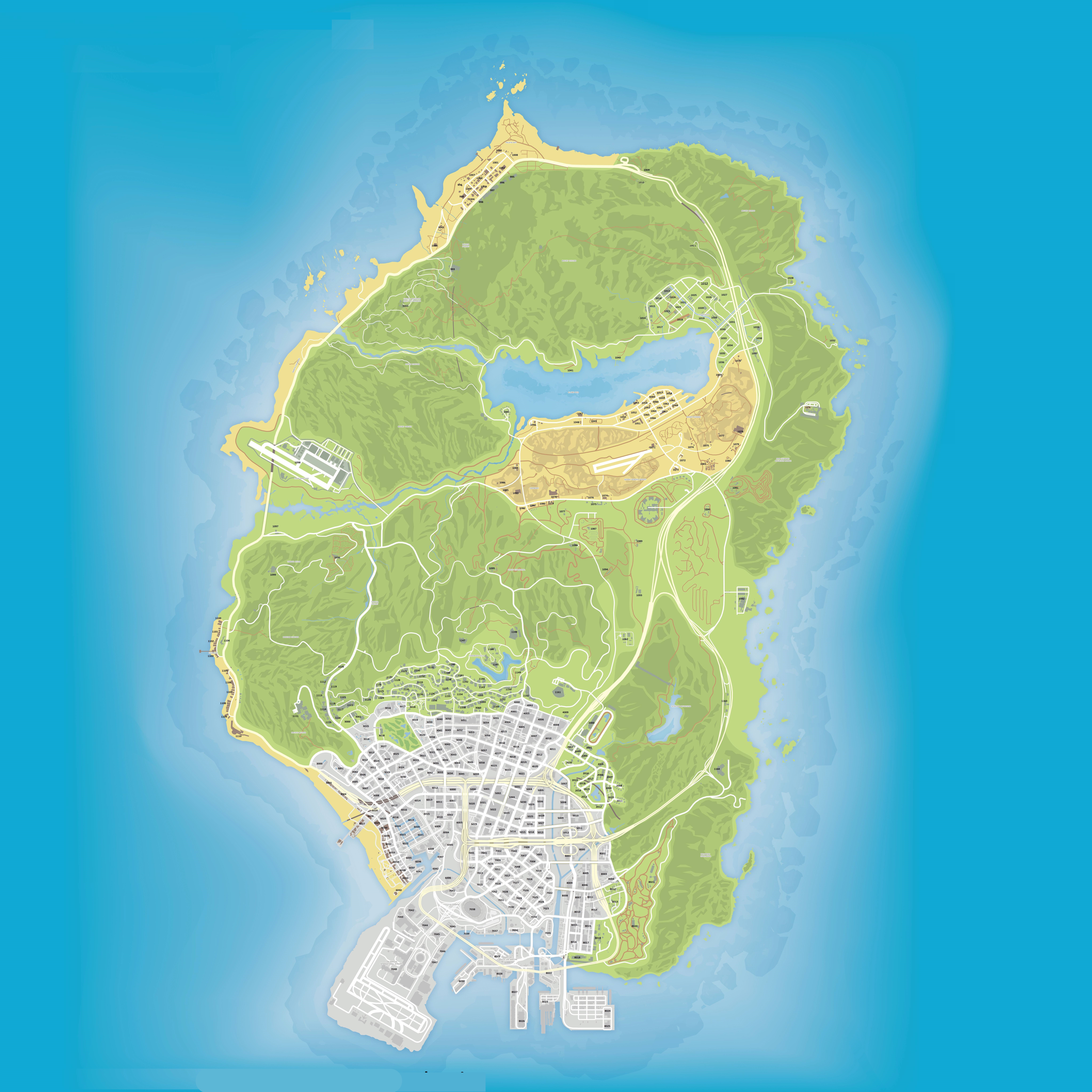So, you've probably heard about lines police CAD and wondered what all the fuss is about, right? Well, buckle up because we're diving deep into this fascinating world where technology meets law enforcement. Lines police CAD isn't just some fancy acronym; it's a game-changer in modern policing. In this article, we’ll break it down for you, plain and simple, so you can understand why it's such a big deal. Whether you're a tech geek, a future cop, or just plain curious, this is the ultimate guide for you.
Imagine a world where police officers have instant access to critical information right at their fingertips. That's exactly what lines police CAD brings to the table. CAD stands for Computer-Aided Dispatch, and when combined with lines technology, it transforms how law enforcement operates. From dispatching units to managing complex data, this system is the backbone of modern police operations. It's not just about efficiency; it's about saving lives.
This article isn't just another boring tech explainer. We'll explore the ins and outs of lines police CAD, its benefits, challenges, and everything in between. By the end, you'll have a solid understanding of why this technology is essential and how it impacts both officers and the communities they serve. So, let's get started, shall we?
- Laci Peterson The Untold Story That Keeps Us Guessing
- Meet Chuck Schumers Wife The Woman Behind The Senator
What Exactly is Lines Police CAD?
Alright, let's cut to the chase. Lines police CAD is essentially a high-tech system that helps law enforcement agencies manage operations more effectively. It integrates various tools and platforms to streamline communication, dispatch, and data management. Think of it as the brains behind every police operation. Officers rely on this system to receive real-time updates, track incidents, and coordinate with other units.
Here’s a quick breakdown of what lines police CAD does:
- Facilitates seamless communication between dispatchers and officers in the field
- Manages incident reports and tracks their status in real time
- Provides access to critical databases, such as criminal records and vehicle information
- Supports GPS tracking to ensure officers are deployed efficiently
It's not just about the technology itself; it's about how it transforms the way police work. With lines police CAD, officers can focus more on protecting and serving rather than getting bogged down by administrative tasks.
- Famous Scorpios Unveiling The Celestial Stars Born Under The Scorpio Zodiac
- Hamel Veronica The Rising Star You Need To Know About
Why is Lines Police CAD Important?
Now, you might be wondering why lines police CAD is such a big deal. Well, here's the scoop. In today’s fast-paced world, time is of the essence, especially in emergency situations. This system ensures that officers have the right information at the right time, which can make all the difference. Imagine a scenario where a dispatcher receives a call about a robbery in progress. Without lines police CAD, it could take precious minutes to locate the nearest available officer and relay the necessary information. With the system in place, that process is streamlined, potentially saving lives.
Here are some key reasons why lines police CAD is crucial:
- Improves response times by quickly dispatching the nearest available unit
- Enhances officer safety by providing real-time updates on incidents
- Reduces administrative workload, allowing officers to focus on their core duties
- Facilitates better coordination between different departments and agencies
In short, lines police CAD is more than just a tool; it's a lifeline for law enforcement. It empowers officers to do their jobs more effectively and efficiently, which ultimately benefits the entire community.
How Does Lines Police CAD Work?
Alright, let’s get into the nitty-gritty of how lines police CAD actually works. At its core, the system operates on a network of interconnected components that work together to manage police operations. Here's a simplified explanation:
Data Management
Data is the backbone of any CAD system, and lines police CAD takes it to the next level. The system collects and stores a wide range of data, from incident reports to officer locations. This data is then organized and made accessible to authorized personnel in real time. Think of it as a giant digital filing cabinet that’s always up to date.
Communication
Communication is key in law enforcement, and lines police CAD ensures that everyone is on the same page. Dispatchers use the system to send out alerts and updates to officers in the field. Officers, in turn, can provide feedback and updates directly through the system. This two-way communication ensures that everyone has the most current information.
Dispatching
One of the most critical functions of lines police CAD is dispatching. When an incident occurs, the system automatically identifies the nearest available unit and sends out a dispatch request. This process is lightning-fast, ensuring that officers are on the scene as quickly as possible. Additionally, the system provides detailed information about the incident, such as location, nature of the call, and any relevant history.
Benefits of Lines Police CAD
Now that we’ve covered how lines police CAD works, let’s talk about the benefits. There are plenty of reasons why this system is a game-changer for law enforcement. Here are some of the top advantages:
- Improved Response Times: Officers can be dispatched more quickly and efficiently, reducing response times and potentially saving lives.
- Enhanced Coordination: The system allows for better coordination between different units and departments, ensuring a more unified response to incidents.
- Increased Officer Safety: Real-time updates and access to critical information help officers make informed decisions, enhancing their safety in the field.
- Reduced Administrative Burden: By automating many administrative tasks, officers can focus more on their core duties rather than paperwork.
These benefits not only make life easier for officers but also improve the overall safety and security of communities.
Challenges and Limitations
Of course, no system is perfect, and lines police CAD is no exception. While it offers numerous advantages, there are also challenges and limitations to consider. Here are some of the key issues:
Cost
Implementing a lines police CAD system can be expensive. It requires significant investment in hardware, software, and training. For smaller departments, this cost can be a major barrier.
Training
Officers and dispatchers need to be trained to use the system effectively. This requires time and resources, which can be challenging for some agencies.
Technical Issues
Like any technology, lines police CAD is susceptible to technical issues. Downtime or system failures can disrupt operations, so it's crucial to have reliable backup systems in place.
Despite these challenges, the benefits of lines police CAD often outweigh the drawbacks. With proper planning and implementation, these issues can be minimized.
Real-World Applications
Let’s take a look at some real-world examples of how lines police CAD is being used. One of the most notable implementations is in large metropolitan areas, where the system helps manage the complexities of urban policing. For instance, in cities like New York and Los Angeles, lines police CAD plays a crucial role in coordinating responses to major incidents, from traffic accidents to violent crimes.
Smaller departments are also finding success with the system. In rural areas, where resources are limited, lines police CAD helps maximize efficiency and effectiveness. By automating tasks and improving communication, these departments can provide better service to their communities.
Future of Lines Police CAD
So, where is lines police CAD headed? As technology continues to evolve, so too will this system. Here are some trends to watch for:
- AI Integration: Artificial intelligence is already starting to play a role in CAD systems, helping to predict crime patterns and optimize resource allocation.
- IoT Connectivity: The Internet of Things (IoT) is set to enhance CAD systems by integrating data from various smart devices, such as body cameras and traffic sensors.
- Cloud-Based Solutions: Many departments are moving towards cloud-based CAD systems, which offer greater flexibility and scalability.
As these advancements take shape, lines police CAD will become even more powerful and effective, further revolutionizing law enforcement.
How to Implement Lines Police CAD
If you're a department looking to implement lines police CAD, here are some steps to consider:
Assessment
Start by assessing your current systems and identifying areas where lines police CAD can add value. This will help you determine the scope of the implementation and allocate resources accordingly.
Vendor Selection
Choose a reputable vendor with experience in implementing CAD systems. Look for one that offers comprehensive support and training.
Training
Invest in thorough training for all personnel who will be using the system. This will ensure a smooth transition and maximize the benefits of the system.
By following these steps, you can successfully implement lines police CAD and reap its many rewards.
Conclusion
And there you have it, folks. Lines police CAD is more than just a tech tool; it's a game-changer for law enforcement. From improving response times to enhancing officer safety, this system offers countless benefits that make it an essential part of modern policing. While there are challenges to consider, the advantages far outweigh the drawbacks.
So, what can you do next? If you're interested in learning more, leave a comment below or share this article with your friends. And if you're a department considering implementing lines police CAD, take the first step today. The future of law enforcement is here, and it's powered by technology.
Table of Contents
- What Exactly is Lines Police CAD?
- Why is Lines Police CAD Important?
- How Does Lines Police CAD Work?
- Benefits of Lines Police CAD
- Challenges and Limitations
- Real-World Applications
- Future of Lines Police CAD
- How to Implement Lines Police CAD
- Conclusion



Detail Author:
- Name : Phyllis Halvorson III
- Username : bartoletti.hayley
- Email : lueilwitz.janice@bergstrom.biz
- Birthdate : 1985-12-09
- Address : 818 Idell Ports Apt. 893 Davisfurt, NV 20780
- Phone : +1.680.345.1114
- Company : Murphy and Sons
- Job : Fast Food Cook
- Bio : Omnis alias sint explicabo ab consequatur voluptas non. Eum molestiae numquam aut. Rerum facere ut quas fugit dignissimos.
Socials
instagram:
- url : https://instagram.com/janelle_cremin
- username : janelle_cremin
- bio : Et aut libero ea sed aliquam est. Aut vel nisi magni eligendi. In id voluptas corrupti at.
- followers : 6892
- following : 1658
facebook:
- url : https://facebook.com/jcremin
- username : jcremin
- bio : Deserunt consequatur et natus necessitatibus quisquam illo fugit.
- followers : 183
- following : 2231
twitter:
- url : https://twitter.com/janelle_cremin
- username : janelle_cremin
- bio : Eum sit vel labore beatae tenetur. Inventore id vero voluptate ea voluptas voluptatem. Quam odio numquam ad ea quia id molestias enim.
- followers : 843
- following : 2840